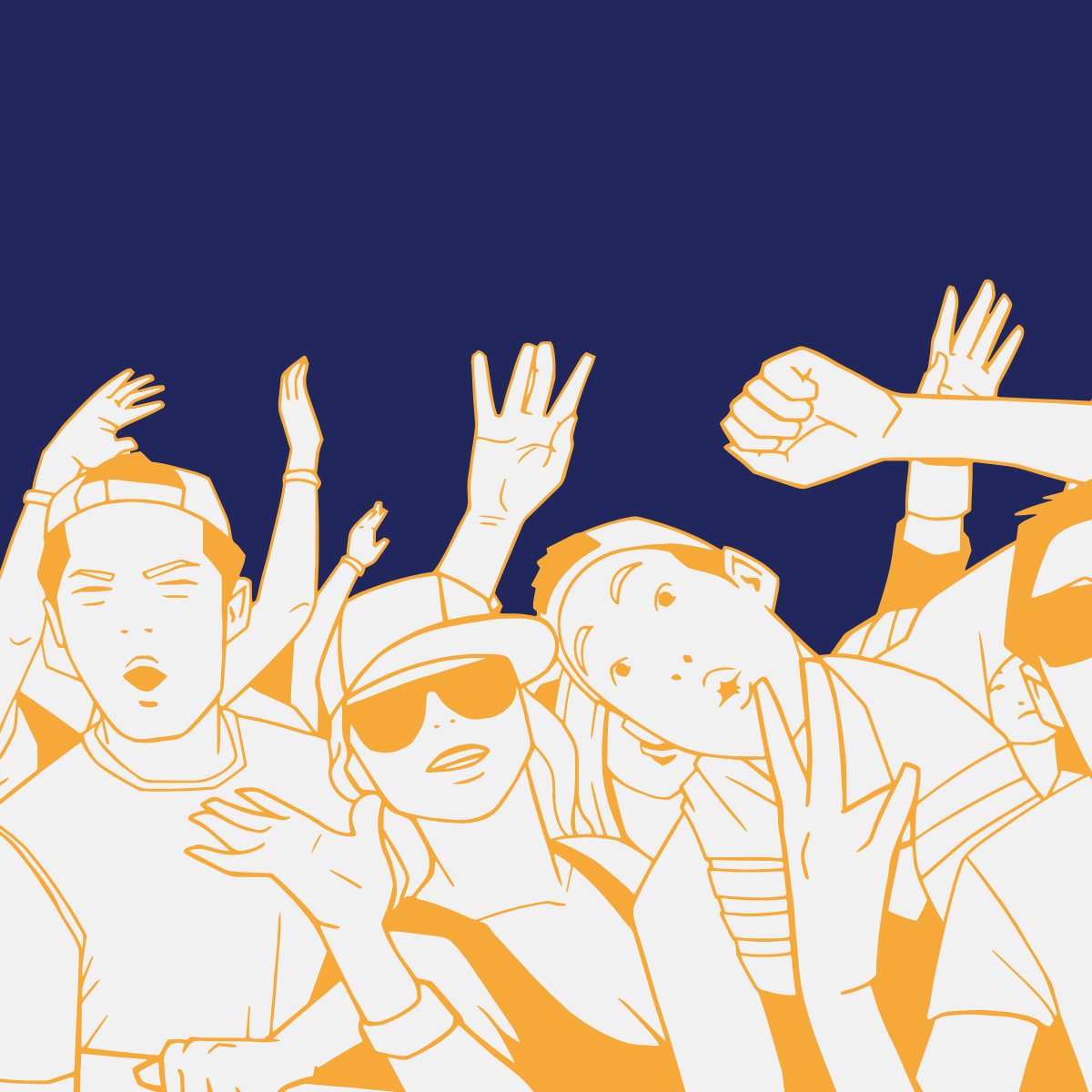April 12, 2019
According to Econsultancy, budgets for experiential marketing have risen for 19 consecutive quarters and four trends will continue to drive that growth this year: “Investment from every sector,” “Paid- for experiences,” “’Stayable’ experiences,” and, “Technology and innovation.”
We tend to agree.
Investment from every sector means everyone is playing now—big brands, small brands, B2B, B2C, and everything in between. Cultivating an opportunity for genuine interaction is proving to be an unchallenged force in the marketing world. Whether it’s a movie studio taking advantage of a convention scenario (see half of San Diego Comic Con), or a produce brand creating a foodie experience for college students, creating an engaging and memorable experience can impact relationships in a deep and profound way.
Paid-for experiences are getting more and more popular… While the majority of the experiential industry tends to craft experiences within a particular event, some are building the events themselves. For example, the Passport to Iron City Alita Battle Angel Experience had attendees pay $40 to take part in an interactive experience promoting the film (for which tickets are $9-12.—and people loved it). The immersive experience included movie-set quality challenges and live actors, creating both excitement and a fanbase for the film. Like all things, people don’t mind paying to play if they receive value.
“Stayable” experiences is one that allows consumers to stay the night in comfortable—and usually “instagramable”—places in remote or unusual areas. While it is probably the youngest of the experiential tactics, it’s had some great successes… There’s the W Village Experience at Coachella, wherein W created four luxury yurts, made to look like existing W Hotel properties. Or Star Wars: Galaxy’s Edge at Disney resorts where families have the opportunity to spend the night inside the Star Wars Universe. Many zoos have been doing a lighter version of this for years, allowing families to camp just a few feet away from wild animals.
Technology and innovation manifest many ways in the experiential context; recently, our team created a food ordering system that leveraged artificial intelligence to facial map guests’ smiles. Once a full smile was generated, the custom food order came out! Technology and innovation can mean almost anything these days, and we believe we see the most potential right now in augmented reality (AR). Burger King Brazil just wrapped up an AR campaign that allowed users to virtually burn competitor ads. In 2018 City Social used their cocktail napkins to create a unique AR experience for their drinkers. And even Eminem got in on the AR action at Coachella last year.
With new studies showing consumers are spending less on things and more on experiences, it’s no surprise rising brands are exploring new trends to engage their audience in live, meaningful, and innovative ways. As we make way into Q2 2019, we’re eager to see how specific trends contribute to the growth of experiential marketing.

B2B
Brand Strategy
Destination
Experiential
Integrated Marketing
Outdoor
Promotions